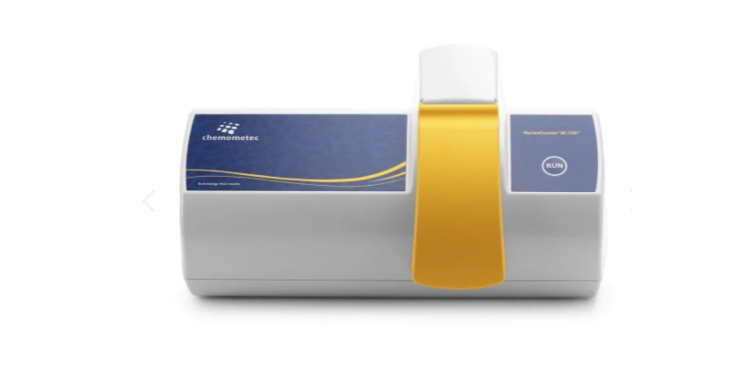If you are employed in a lab setting, you understand the significance of having precise and effective cell-counting abilities. Counting cells manually is often time-consuming, prone to errors, and monotonous, which is why many researchers favor automated cell counters. With such a wide array of choices available, how can you determine which option suits your requirements best? In this article, we will explore factors to consider when selecting an automated cell counter, well-known models, and responses to common inquiries.
Important Aspects To Evaluate
Sample Category
The sample type plays a crucial role when selecting an automated cell counter. Cell counters with brightfield optics will be enough if your lab grows only immortalized cancer cell lines. Typically, the most budget-friendly options from Logos Biosystems are cell counters like the LUNA II. Nevertheless, if you require quantifying primary cells or blood cells, a cell counter equipped with fluorescence optics should be considered. These types of cells are frequently mixed with undesired particles like cell debris or red blood cells, and fluorescent dyes are necessary to stain your desired cells and differentiate them from the impurities. The LUNA-FL or LUNA-FX7 are highly favored fluorescence cell counters and have been extensively used in numerous labs.
Cost
Cost plays a significant role in the decision-making process for selecting an automated cell counter. The price of these devices can vary from a few hundred to tens of thousands of dollars based on their features and capabilities. It is also crucial to verify if the automated cell counter you intend to buy has the choice of reusable slides. Using reusable slides can lower the costs related to disposable slides and decrease plastic waste to benefit the environment, before buying something, it is crucial to consider your budget and the necessary features to ensure you are getting the most out of your money.
Ease of Use
When selecting an automated cell counter, it is crucial to consider a user-friendly interface and easy operation, search for models that have user-friendly software and easy-to-follow instructions.
Accuracy and reliability
When selecting an automated cell counter, it is essential to consider accuracy and precision as key factors. In general, the measuring volume directly impacts the accuracy and precision of a cell counter. Since the chamber height is fixed in most cell counting chambers, enlarging the imaging area is the only option to boost the measuring volume. Inexpensive cell counters usually take only one picture, whereas cell counters focused on precision come with an automated stage that can take multiple pictures. These devices move the platform as they capture images, allowing for a larger sample size and more accurate cell count measurements. Therefore, these cell counters can deliver more accurate and precise data on cell counts. When selecting an automatic cell counter, finding one with high accuracy, precision, and minimal sample variation is crucial.
Bottom Line
Selecting the appropriate automated cell counter for your laboratory may appear overwhelming, but considering aspects like sample variety, efficiency, precision, user-friendliness, and cost can help you make a well-informed choice. The LUNA-II, LUNA-FL, and LUNA-FX7 are frequently utilized models in laboratory settings.







